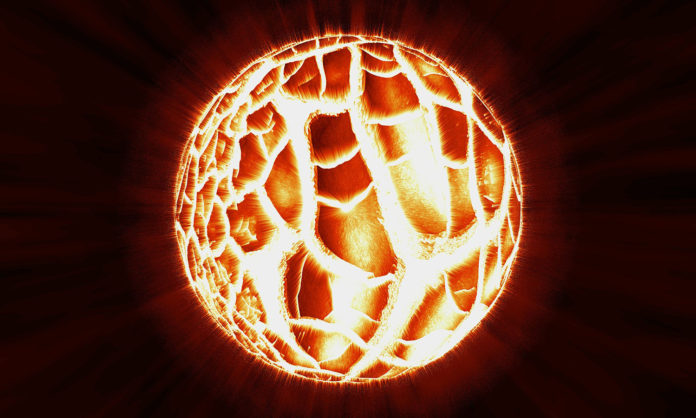In 1054, a supernova exploded in the Crab Nebula, one of only eight such phenomena in the history of the Milky Way. Eastern civilizations – particularly China – saw and wrote about the supernova, but Western records have had scant references. Until now.
Researchers believe that the supernova was captured in coins of the Byzantine era. They discovered a special version of a coin minted by Byzantine Emperor Constantine IX that depicts two stars around the emperor’s likeness. Was this a reference to the supernova of 1054? Scholars have wondered why astronomers in Asia and the Middle East noticed the new bright light in the sky but Christians did not. It’s possible that Christian scholars feared pointing out a blemish in the perfect heavens, lest they be accused of blasphemy.
Which makes it notable that a coin maker would have referenced the supernova in a coin honoring the emperor. The coin is thought to have been minted between 1054 and 1055, when the supernova would have been visible. Further, in each of the 36 coins of that vintage, the second star changes size, which researchers believe could show the gradual dimming of the supernova over time.
Who was that brave minter of coins? Can you imagine the debate among ancient astronomers about mentioning their discovery? If you’re writing a fantasy or historical novel, what kind of images are depicted on your money?












